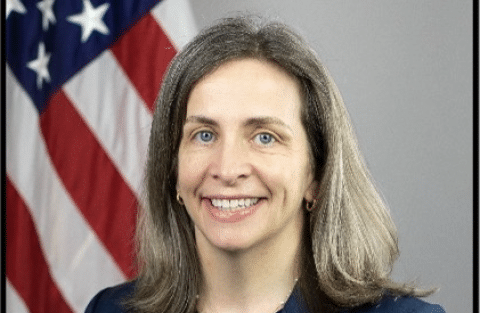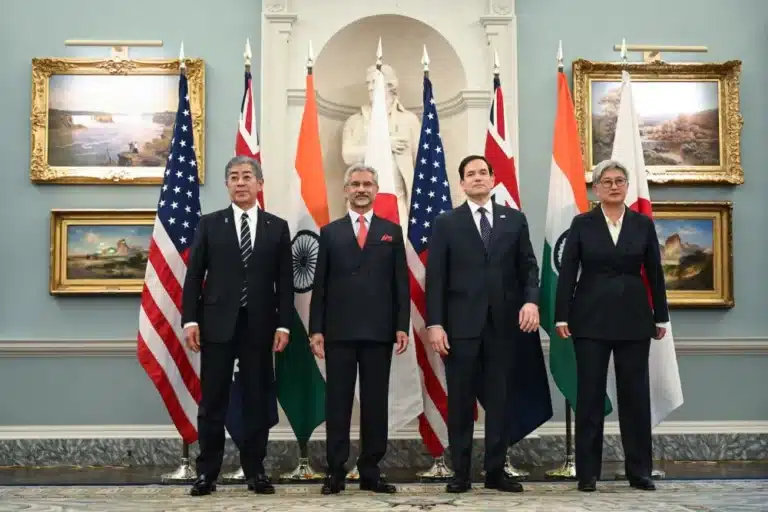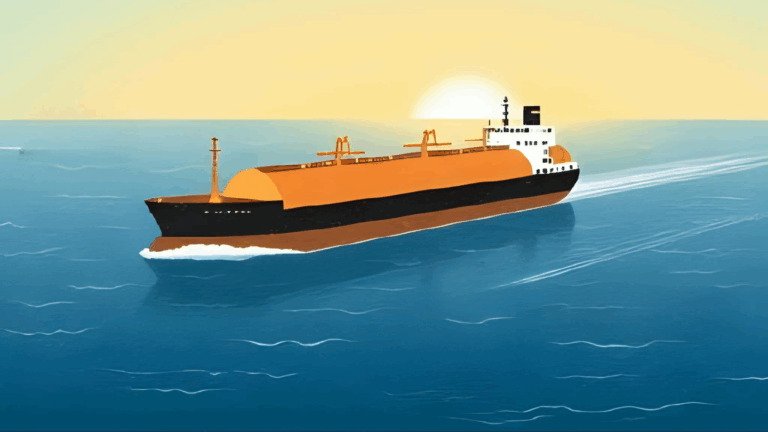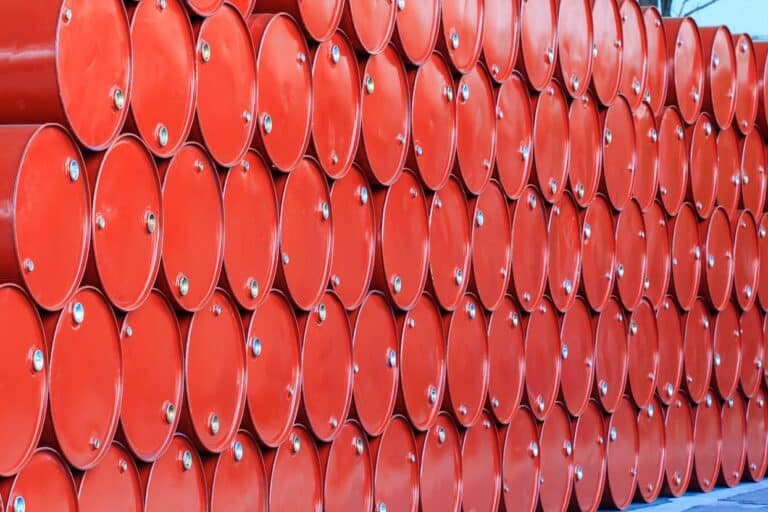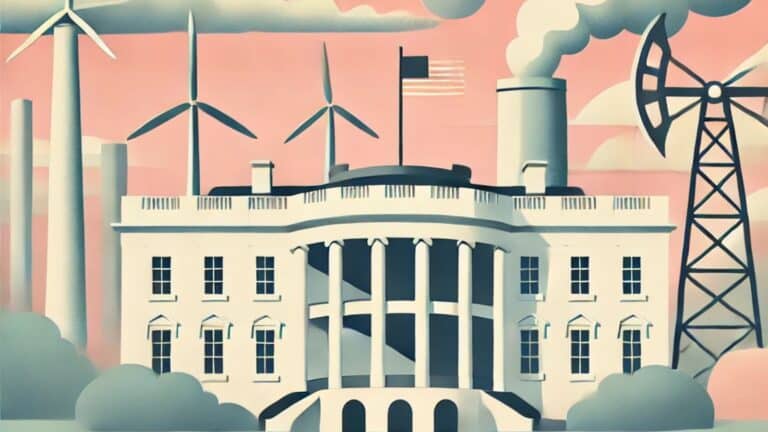Covid and the Russian war in Ukraine have slowed economic development in East Asia and the Pacific. High global commodity prices are stressing countries heavily dependent on energy and food imports.
Recent heat waves and drought sweeping across the region are adding further economic pain.
In China, coal consumption is climbing as hydropower resources dry up. And it’s not the only major economy in the region heavily reliant on the dirtiest fossil fuel. Across Asia, hundreds of new coal plants and mines are being built.
So how do the countries that are most vulnerable to climate change – and the biggest users of coal – balance economic development and the energy transition?
This week, Bill Loveless talks with Manuela V. Ferro, the Regional Vice President for East Asia and Pacific at the World Bank. Previously, Manuela served as Vice President of Operations Policy and Country Services, where she oversaw the Bank’s crisis response to the coronavirus pandemic. She’s an engineer and economist with a masters in engineering from University of Lisbon, and a Ph.D. in development economics from Stanford University.
Bill talks with Manuela about the World Bank’s recently released economic update on East Asia and the Pacific called Braving the Storm. They also discussed other developments – like the region’s reliance on coal for energy security, and how the World Bank can help the transition to cleaner energy.

